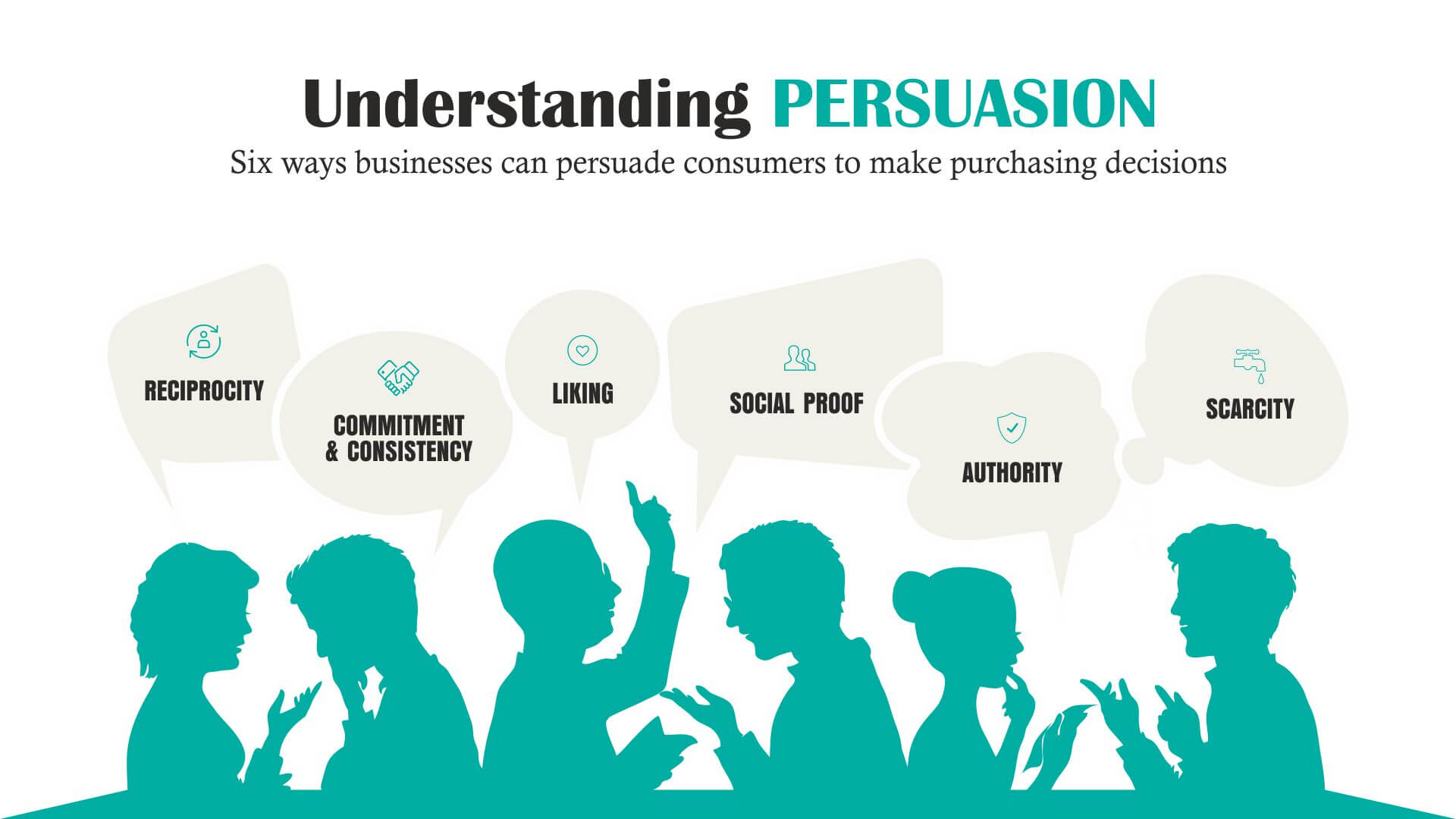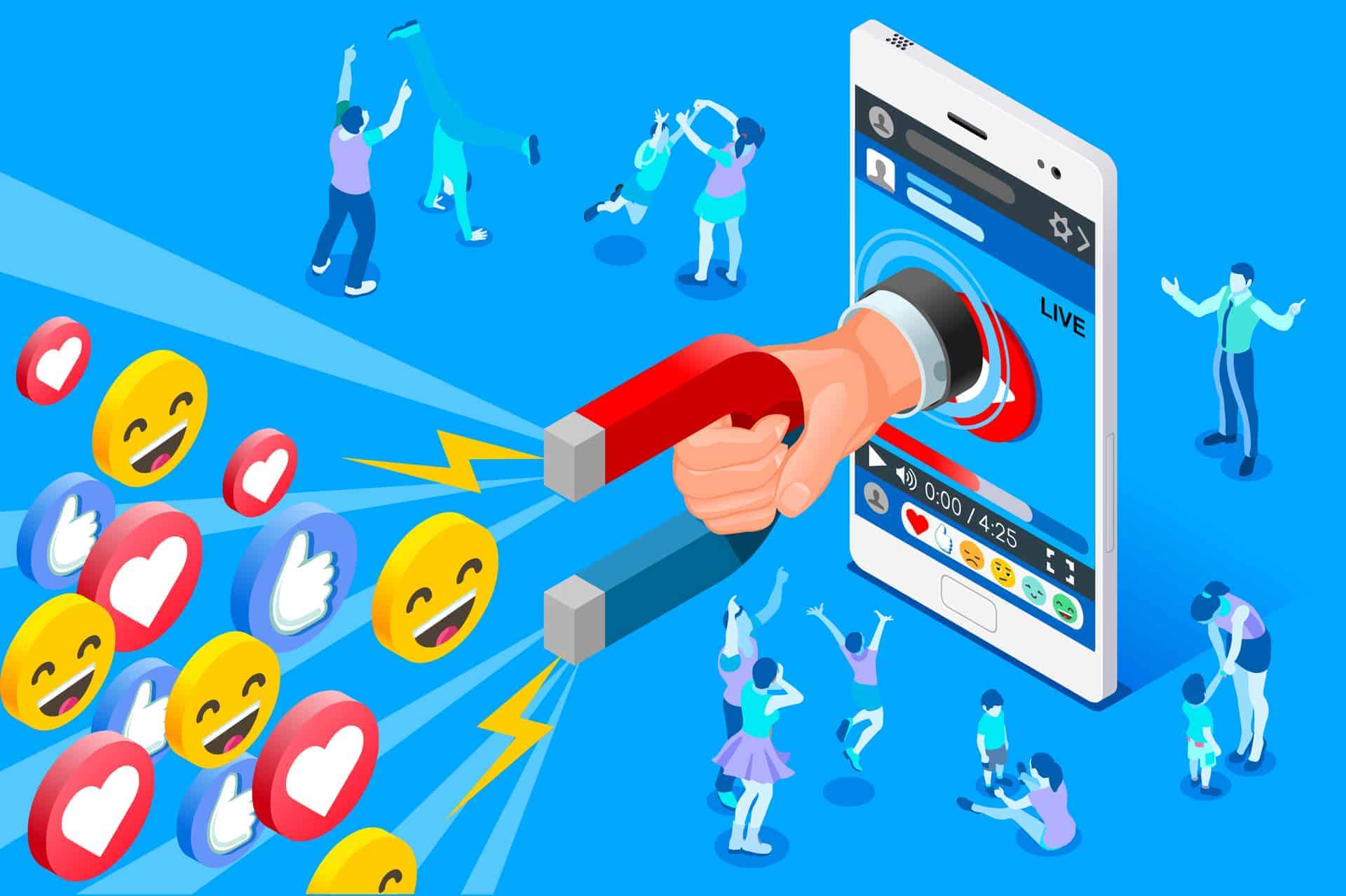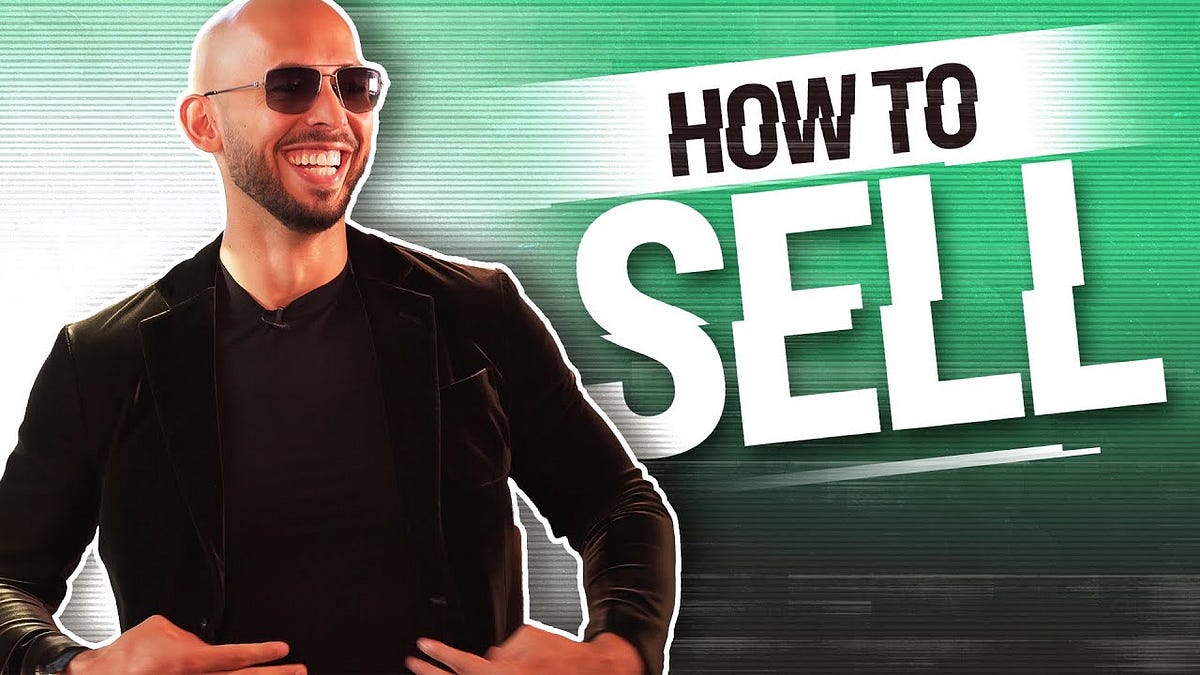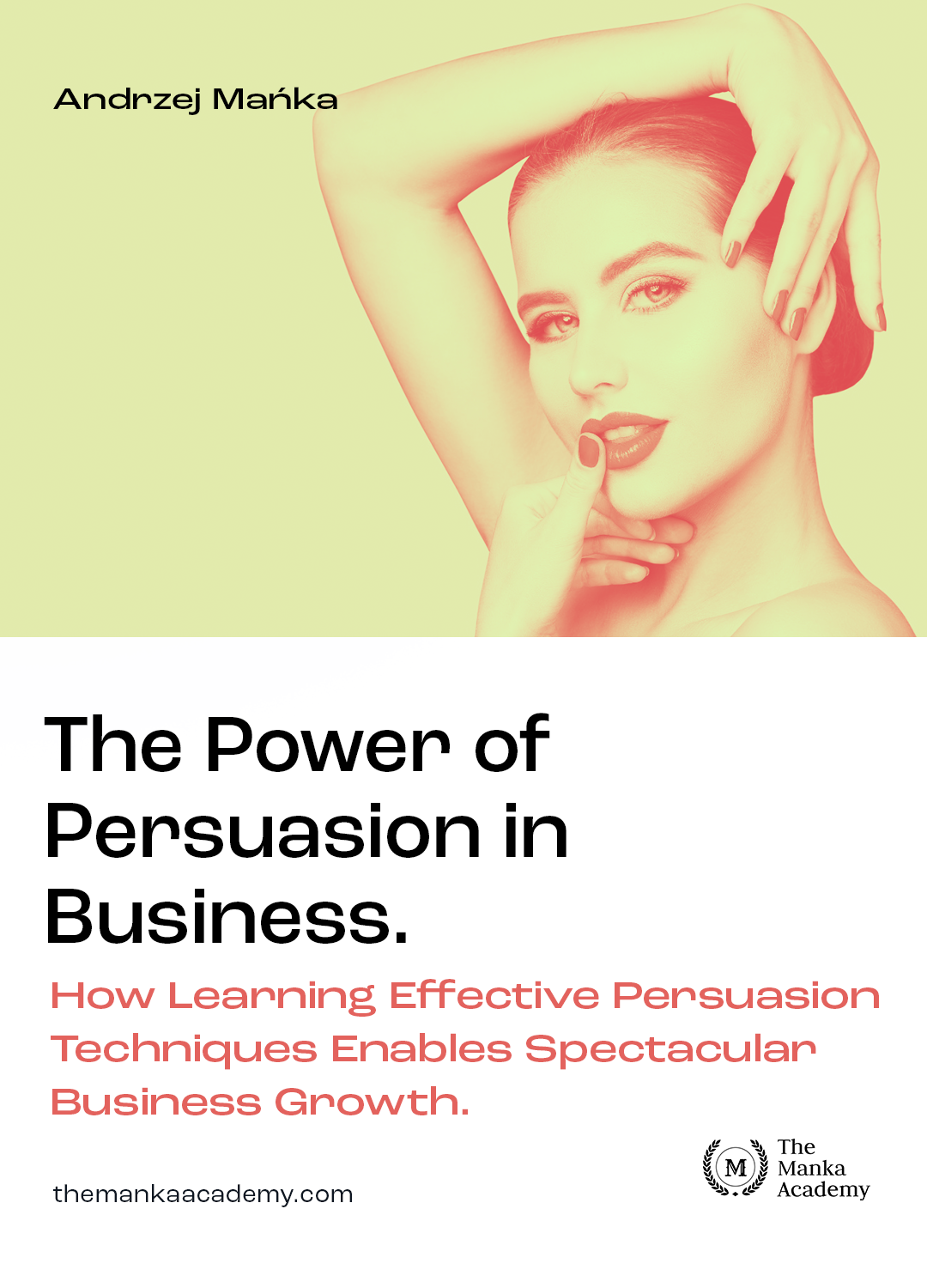Unlocking the Power of Persuasion: How to Sell Your Product or Service Like a Pro

You’ve poured your heart and soul into creating something amazing – a product or service that you believe in deeply. Now, the challenge is to get the word out and convince potential customers that what you offer is exactly what they need.
This is where the magic of clear communication comes in. It’s not just about listing features; it’s about weaving a story that resonates with your ideal customer, showcasing how your product or service solves their problems and enhances their lives.

Think of it this way: You’re not just selling a product; you’re selling a solution, a promise, an experience.
Here’s a roadmap to help you master the art of persuasive communication:
1. Know Your Audience Inside Out

Before you can craft a compelling message, you need to understand who you’re talking to. Who is your ideal customer? What are their pain points, aspirations, and motivations?
Ask yourself:
- Demographics: Age, gender, location, income, education level, family size, occupation.
- Psychographics: Values, beliefs, lifestyle, hobbies, interests, personality traits.
- Needs and Wants: What problems are they facing? What are their desires and aspirations?
- Where do they get their information? Do they rely on online reviews, social media, word-of-mouth, or traditional advertising?



2. Identify Your Product’s Unique Selling Proposition (USP)

What makes your product or service stand out from the competition? What’s the one thing that sets you apart and makes you truly unique?

Here are some questions to guide you:
- What problem does your product solve? Is it a time-saver, a stress-reducer, a convenience factor, a way to improve efficiency, or a way to enhance quality of life?
- What are your product’s key features? What makes it different from similar products on the market?
- What are the benefits of using your product? How will it make your customers’ lives better?


3. Craft Your Story: The Art of Feature-Benefit Communication
The key to persuasive communication lies in highlighting the benefits of your product, not just listing its features.

Here’s a simple framework to help you:
- Feature: Describe the specific aspect of your product.
- Benefit: Explain how this feature solves a problem or improves a customer’s life.
- Example: "Our software features real-time data tracking. This allows you to make informed decisions based on up-to-the-minute information, leading to increased efficiency and productivity."


4. Use Powerful Language and Storytelling
Words have power. Choose your words carefully to create a strong emotional connection with your audience.
- Use vivid language: Paint a picture with your words, using sensory details to make your product come alive.
- Focus on emotions: Appeal to your customers’ desires, fears, and aspirations.
- Tell stories: Stories are powerful tools for building trust and connection. Share testimonials, case studies, and real-life examples of how your product has made a difference.
5. Demonstrate Value: Show, Don’t Tell
Don’t just tell your customers about your product’s benefits; show them!
- Use visuals: High-quality images, videos, and graphics can be more persuasive than words alone.
- Offer free trials or demos: Let your customers experience your product firsthand.
- Provide social proof: Share positive reviews, testimonials, and case studies from satisfied customers.
6. Tailor Your Message to Different Audiences
Remember that different audiences will respond to different messages.
- Segment your audience: Divide your potential customers into groups based on their needs, interests, and demographics.
- Create targeted messages: Craft different marketing materials for each segment, highlighting the benefits that are most relevant to them.
7. Call to Action: Make it Easy for Customers to Take the Next Step
Don’t leave your customers hanging! Give them a clear and compelling call to action.
- Use strong verbs: "Sign up today," "Download your free trial," "Learn more."
- Create a sense of urgency: "Limited-time offer," "Don’t miss out."
- Make it easy to purchase: Provide clear instructions and multiple payment options.
Examples of Feature-Benefit Communication:
Product: A new type of coffee maker
Feature: "Our coffee maker features a built-in grinder."
Benefit: "This eliminates the need for a separate grinder, saving you time and effort in the morning."
Example: "Imagine waking up to the aroma of freshly ground coffee, brewed to perfection, without having to lift a finger. Our coffee maker’s built-in grinder ensures that you always have the freshest, most flavorful cup of coffee, ready in minutes."
Product: A stress-reducing app
Feature: "Our app offers guided meditation sessions."
Benefit: "This helps you to relax, de-stress, and improve your mental clarity."
Example: "Feeling overwhelmed? Our app provides guided meditation sessions, designed to help you calm your mind, reduce anxiety, and find inner peace. Take a few minutes each day to practice mindfulness and experience the transformative power of meditation."
Product: A fitness tracker
Feature: "Our fitness tracker monitors your heart rate and sleep patterns."
Benefit: "This helps you to understand your body better and make informed decisions about your health and fitness."
Example: "Gain deeper insights into your health and fitness with our advanced fitness tracker. Track your heart rate, sleep patterns, and activity levels to identify areas for improvement and optimize your performance. Take control of your well-being and reach your fitness goals with confidence."
Remember: The key to successful communication is to connect with your audience on an emotional level. By highlighting the benefits of your product and telling a compelling story, you can inspire them to take action and make an informed purchasing decision.
